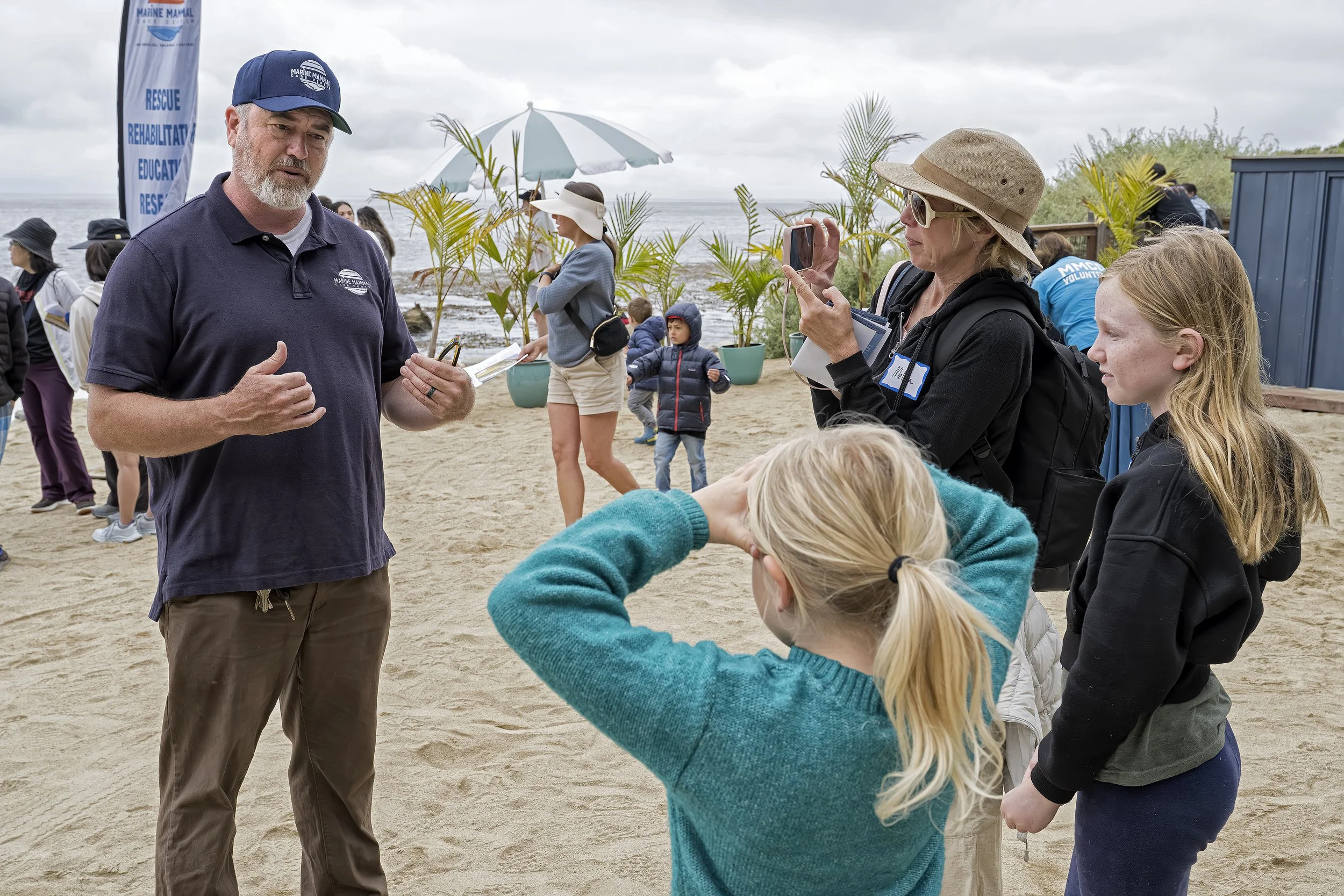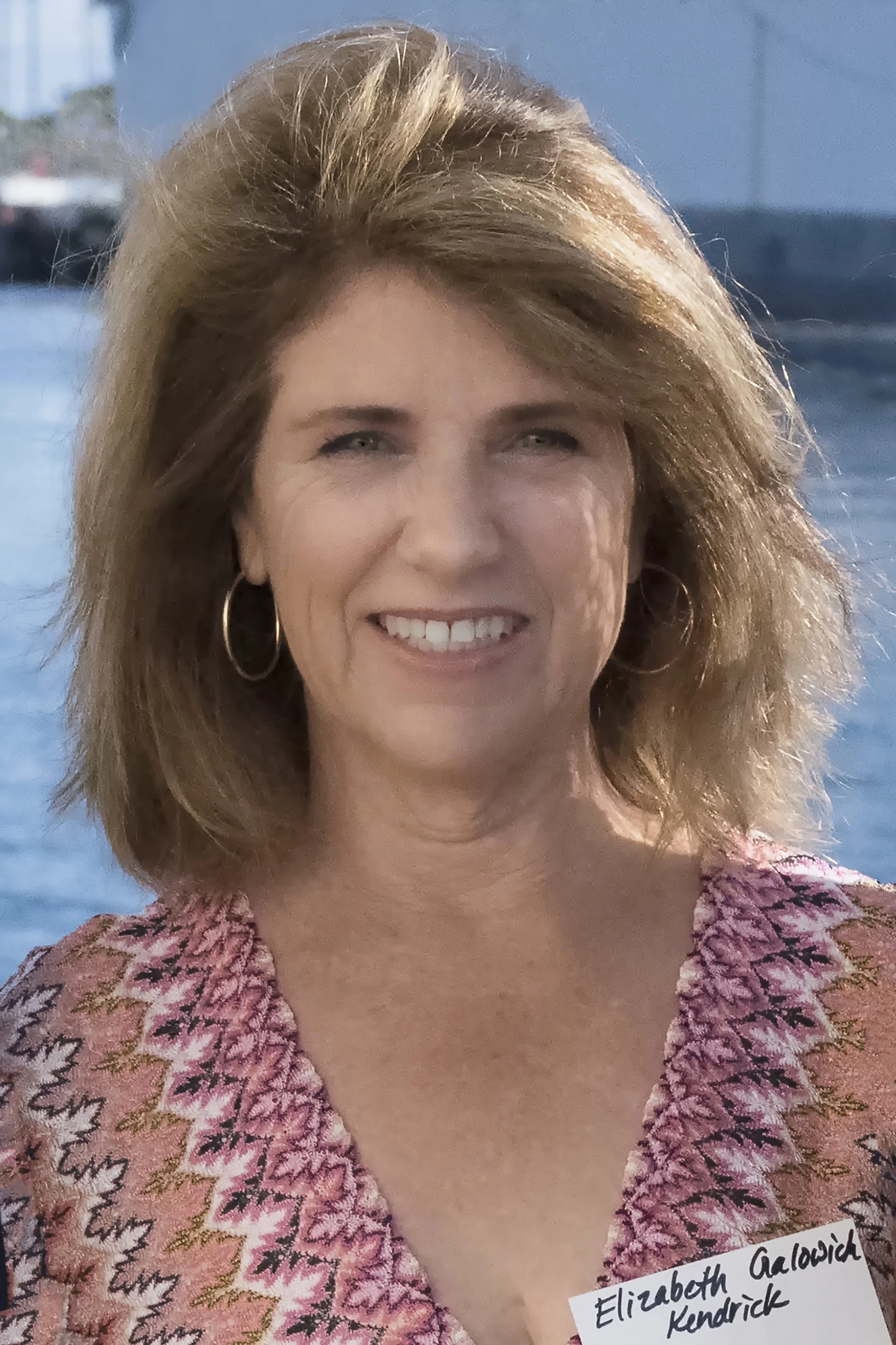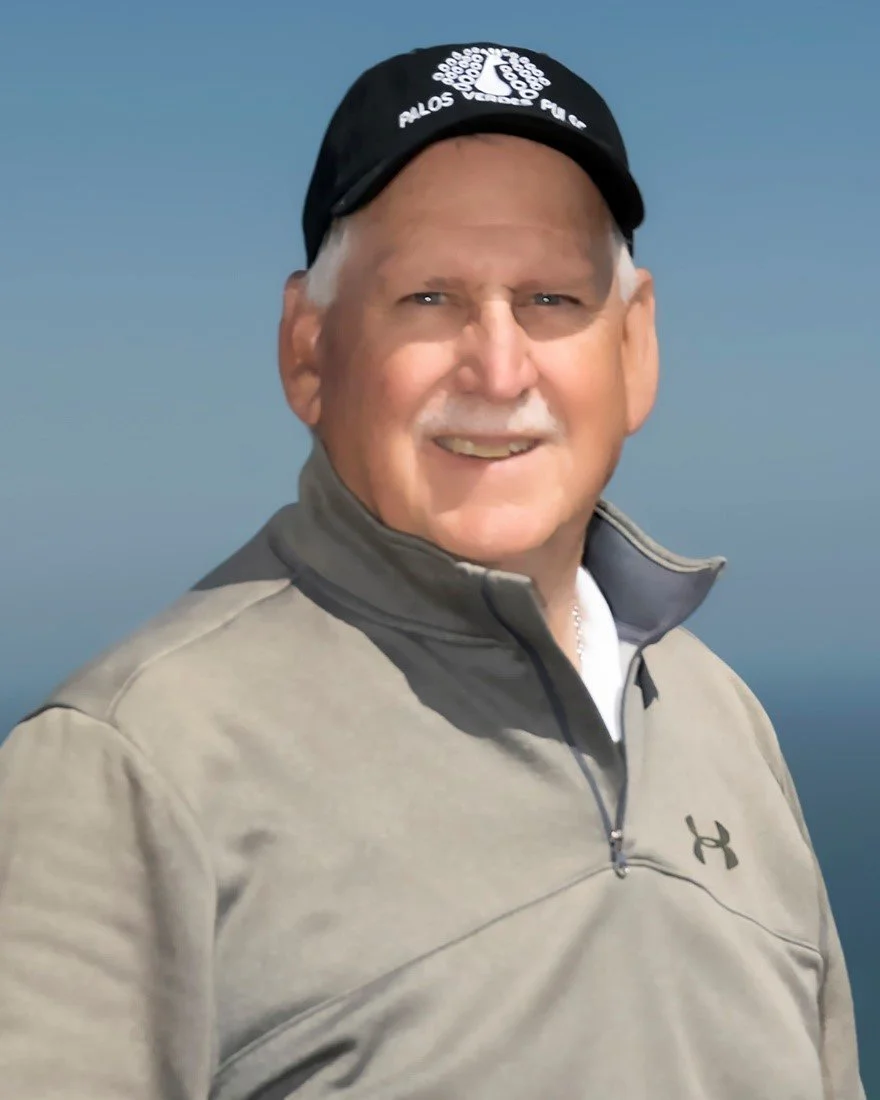The Marine Mammal Care Center- Helping Mother Nature Maintain Her Balance By Photographer & Contributor Steve Tabor
Living in the South Bay we often find ourselves looking out over Santa Monica Bay mesmerized by its tranquil waters under an umbrella of blue skies. But we often do not think about the fact that we are on the edge of a vast diverse ecosystem that is second to none.
According to the Marine Mammal Care Center’s (MMCC) Chief Operations and Education Officer (COEO), Dave Bader, “The Santa Monica Bay is a diverse ecosystem that continually supports the lives of some of the world’s smallest creatures to the largest mammals on earth, the blue whale. But, due to our coastline development as well as other byproducts of expanding urbanization, our ocean and its inhabitants are more negatively impacted each day.”
Dave Bader, Chief Operations and Education Officer at the MMCC takes a moment prior to the release of the two sea lions to share information about their road to recovery.
Bader points out that MMCC is responsible for serving marine mammals over a 70 mile area which encompasses all of the Los Angeles County coastline, including Santa Catalina Island. Although there is a small care center in Malibu, it does not operate year round, leaving MMCC as the primary rescue, rehabilitation, and research facility in Los Angeles County. On an annual basis, MMCC provides care to as many as 250 to 500 ailing seals and sea lions (members of the pinniped family) found along the Los Angeles County coastline. Bader shares that MMCC rescues more marine mammals per mile of coastline than any other organization in the United States.
This harbor seal has responded well to treatments and is nearly ready to return to the sea.
And it appears that MMCC is needed more than ever. MMCC’s Chief Executive Officer (CEO), John Warner, indicates that MMCC continues to experience an increasing number of stranded animals suffering from the effects of malnutrition, disease, entanglements, and the growing effects of climate change.
John Warner, Chief Executive Officer of the MMCC.
Bader points out that no matter the season, MMCC is always open for sick and ailing pinnipeds. Patients in severe need of treatment spend time in MMCC’s “dry pens.” These enclosures are designed for patients with severe medical issues. MMCC staff focuses on providing acute medical treatment combined with an opportunity to quietly rest and recover.
As their condition improves and they regain their strength the individual is transferred to a “wet pen.” These pens contain small swimming pools allow for swimming activities to be incorporated other treatments. As the patient nears the end of its treatment, it undergoes two final activities prior to release. First, it must prove it is able to successfully catch a sufficient quantity of live fish to prove it can successfully forage for food in the wild. Next comes passing a final health examination by the MMCC veterinarian.
MMCC Board President, Liz Kendrick, shares that she enjoys volunteering each Sunday morning at the care facility. Although many of the animals come into MMCC in severe condition continually working with each animal and watching them improve is very rewarding in a number of ways.
MMCC Board President Liz Kendrick.
Among the most drastic increase is the number of sick animals due to environmental factors including harmful algae blooms (HAB’s). Periodically, our waters become filled with runoff from our city streets, neighborhoods, farming, sewage treatment, factories, and other sources. This infusion of nutrients, in addition to changes in ocean conditions due to climate change, can increase the likelihood for harmful algae in the water to grow out of control. As the growth continues, the water can appear to be red, green or brown due to the density of the algae blooms.
The most common local byproduct of a HAB is the release of domoic acid (a neurotoxin). Although the cases of domoic acid cases were noted beginning in 1998, this neurotoxin seems to be claiming higher number of victims each time we see it. Marine life contract the disease as they feed on sardines, anchovies, and other small fish. In lower quantities, the neurotoxin can be naturally flushed out of the animals system over time. However, with a large and persistent bloom sea lions and other marine life develop concentrated amounts of the toxin in their systems as they rely on infected fish as a consistent food source.
This elephant seal is recovering, but needs additional treatments before being ready to return to the waters off our coastline.
Elevated levels of the toxin impair brain and heart functions, and can cause seizures, lethargy, and erratic behavior. Infected animals usually strand themselves on beaches where they can pose a threat to the health and safety of humans enjoying the sand and surf. Sometimes beach goers approach the stranded animal believing they can assist the creature. Other times, the sea lion’s brain is so infected, it views the humans as a threat to their safety.
Warner cautions that MMCC staff are trained to rescue these animals and insists that if you observe an animal in need, contact MMCC as soon as possible. Once safely captured, treatment of the infected animal includes intravenous fluids to flush out the toxins and, when necessary, anti-seizure medications.
This elephant seal found its way to the MMCC due to injuries after being entangled in fishing lines left freely floating in our ocean waters.
Warner admits that he personally observed the growing number of infected pinnipeds last year and experienced firsthand how this phenomena has impacted MMCC’s operation. Warner shares that less than a year ago when he assumed his CEO duties at MMCC, he and his staff were astounded by the number of sea lions they were seeing that were suffering from the neurotoxin. Warner admits that the Center was so overwhelmed that they were forced to expand their capacity by creating additional “dry pens” in MMCC’s parking lot and in a very public location at Venice Beach.
Warner adds that because there is almost no natural habitat left in Los Angeles County for marine mammals, every animal that strands must be responded to. With so many people on the beach, especially in the summer months, public safety, public health, and animal welfare are concerns we must address.
Warner points out that the event impacted MMCC’s staffing resources that they could not adequately address the demand. A nationwide call went out to veterinarians and others with experience in treating marine mammals who would be willing to voluntarily assist with addressing the situation. Warner was surprised by the response and praises the actions of the number of volunteers who traveled to MMCC to assist with the prolonged care for the animals.
On the left, MMCC Hospital Director, Dr. Lauren Palmer, DVM, oversees the care and treatment for all of the Center’s patients.
Warner emphasizes that a simple stranding due to illness or injury or complex incidents like neurotoxin poisoning, impact public health and safety. And even the simplest treatments can be a costly undertaking and a significant drain on MMCC’s financial resources. The State of California’s annual budget allocates a small amount from the state budget to assist with the operation of MMCC. However, due to the current state budget crisis, funding for MMCC in the current proposed 2024-2025 fiscal year has been eliminated.
A crowd gathers above Beach Cove in anticipation of the release of the sea lions.
Kendrick recalls the MMCC’s recent history where it faced permanent closure due to lack of funding, and she was astounded by the community’s response as they rallied together and provided the necessary funding to keep MMCC in operation. Kendrick shares that the MMCC Board and staff members are forever thankful to those who provided financial support to keep the facility in operation.
In addition to their rescue, rehabilitation, and research work, the MMCC provides educational resources for visitors to the Center and at other events.
To date, the MMCC’s primary source of funding continues to come from donations from community partners and individual donors. Warner, Kendrick and the rest of the Board Members, along with MMCC staff are extremely thankful to those donors, but they stress that it is difficult to develop a budget that will support financial stability and allow for consistent long-term operation of MMCC.
MMCC volunteers ready to release the two sea lions, Brinkley and Joaquin, who were treated at MMCC for approximately two months before they returned to their aquatic home.
In order to create financial stability, Warner is reaching out to local governmental leadership of Los Angeles County coastline cities, in an effort to secure a continual stable source of funding. Warner explains that MMCC is consistently available to respond to these episodes and maintain a safe environment on our public beaches. Warner stresses that there is no governmental agency that addresses marine mammal strandings, and without MMCC, stranded animals on our beaches would present a huge threat to public health and safety. Warner states that during his talks with each city’s leadership he found they all realize the important role MMCC plays, and most are considering how to assist with providing a stable funding source.
Within a matter of seconds after their crate doors are opened, Brinkley and Joaquin head to the open ocean.
For now, MMCC continues its operation utilizing donations and works to return ailing pinnipeds to the ocean as quickly as possible. Recently, MMCC staff arranged with the staff at Terranea to release two sea lions, Brinkley and Joaquin, at Terranea’s Beach Cove. Brinkley, a female sea lion, was brought to MMCC suffering from malnutrition and dehydration along with respiratory issues. Joaquin, a male sea lion, was found malnourished and suffering from acute respiratory issues. Both positively responded to their treatments and were eligible for release in slightly more than two months.
Bader reports that release days are a special moment for staff members and MMCC supporters. We have an opportunity to celebrate our work. It is an incredible opportunity to reminisce about the road traveled to get to this moment, and it always brings a smile when we see each one waddle towards the ocean and duck into the surf.
Members of the public were invited to observe the release at Terranea’s Beach Cove along with MMCC staff members. Caitlyn Piercy, Terranea’s Public Relations and Communications Manager, states, “Terranea Resort is delighted to host this inspiring sea lion release and proud to partner with Marine Mammal Care Center, whose impactful dedication to wildlife rehabilitation and ocean conservation is deeply valued. As we celebrate the resort’s fifteenth anniversary, we look forward to continuing to grow in eco-initiatives that seek to create meaningful change for our guests, our community, and our planet.”
Left Caitlyn Piercy , Terranea Public Relations and Communications Manager with Ashley Quincey, MMCC’s Development Manager.
Bader explains that the part of MMCC’s mission is to connect adults and children with our ocean ecosystem. Events like releasing these two sea lions are exciting to watch and filled with anticipation. They are a concrete example of how we can assist Mother Nature by making a positive impact on environment and reverse the ill effects urban growth, pollution, climate change or other factors that endanger our ocean waters and the lives of the plants and animals that live in this ecosystem.
Dr. Palmer, DVM with MMCC Board Member Donna Dutcher.
Of course, releases do not occur every weekend, but the work of MMCC continues every day of the year. Warner and MMCC staff welcomes visitors to MMCC from 10:00 a.m. to 4:00 p.m. Friday through Monday every week except on select holidays. Visitors have opportunities to engage in educational activities as well as talk with volunteer docents while they monitor the activities of the harbor seals, sea lions, and elephant seals in the final stages of their rehabilitation. Bader stresses that visitors should make advanced reservations for their visit on MMCC’s website.
Warner and Terranea Beach Cove staff members center and right, watch as Brinkley and Joquin head off into open waters.
Warner and Kendrick point out that MMCC cannot perform their “miracles” without donations from private individuals and the assistance of dedicated volunteer corps. For those interested in donating to MMCC or volunteering at the MMCC, please visit their website:
Warner and Bader are all smiles as they see Brinkley and Joaquin duck under the waves and return to their ocean home.
As it So Happened
On the day of Brinkley’s and Joaquin’s release at Terranea’ Beach Cove, Beach Cove staff members arrived at the beach at their scheduled time. As they were preparing to their daily activities, they spotted an ailing brown pelican on the rocks above the shoreline. They contacted MMCC to see if they would be able to rescue the animal when they arrived for the release.
Beach Cove staff kept curious onlookers away from the pelican until MMCC staff arrived. Once on scene, MMCC staff members and volunteers with towels in hand and an empty animal crate quickly went into rescue mode. Within a matter of minutes, the somewhat cooperative pelican was carefully wrapped in the towels and placed the pelican in the crate.
Later in the day, the pelican was taken to International Bird Rescue Center located adjacent to MMCC where it will be treated and, if all goes as planned, it will be returned to wild.
Members of the MMCC Board and Leadership gather with Terranea’s Public Relations and Communications team gather together to celebrate the successful release.
Steve Tabor
This South Bay native’s photographic journey began after receiving his first 35 mm film camera upon earning his Bachelor of Arts degree. As a classroom teacher he used photography to share the world and his experiences with his students. Steve began his photography career photographing coastal landscapes and marine life. His experiences have led him to include portraits and group photography, special event photography as well as live performance and athletics in his portfolio. As a contributor and photojournalist, he has published stories about the people, places and events in and around the Palos Verdes Peninsula and beyond.
Interested in seeing more of Steve’s work, visit website at: www.stevetaborimages.com




























